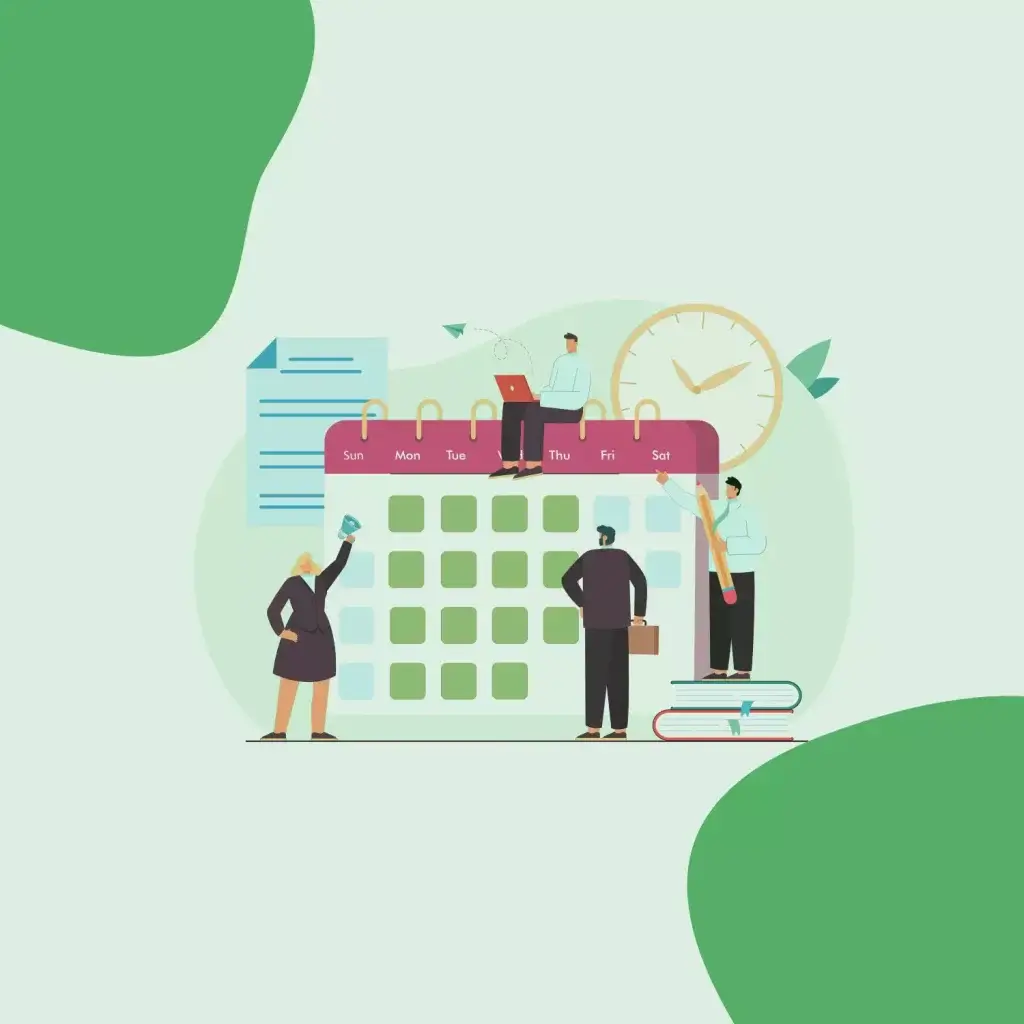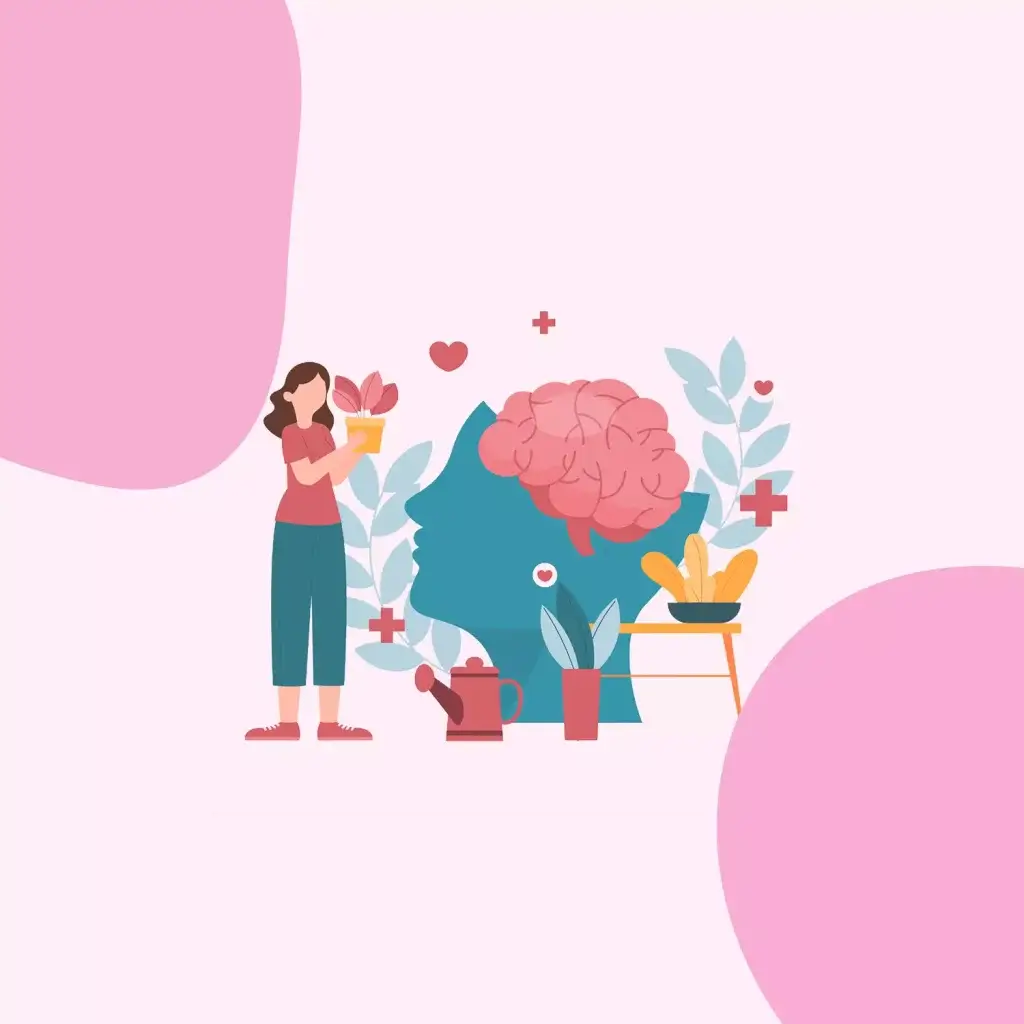What is “Digital Wellness” and how to make it part of your organization?
Pubblicato
4 ottobre, 2022
Digital Wellness is the ability to create and maintain a healthy relationship with technology, using it to achieve our goals but not as a distraction or obstacle and still maintaining a positive digital well-being. If we can control the way we use technology we can channel its full potential and reap the benefits.
Just think about how the technological habits of the last few years have evolved. It is difficult to imagine that just 13 years ago, just before the release of the first iPhone, we weren’t in constant contact through the use of today’s technological devices.
To date, our habits have changed a lot compared to the past, so much so that we spend practically the same time online as we spend (or at least, we should spend) sleeping. A new survey conducted by the research firm DoubleVerify found that we’re now spending about seven hours per day consuming online content. Our day is centered around the use of our devices and many times, whether we realize it or not we use multiple devices at the same time.
We have to admit the advent of technology has simplified our lives a lot, now in fact, one click is all we need to be in contact with people who maybe on the other side of the world, check messages or make online purchases, but we should be aware that this sensory overload can negatively affect our health and our relationship with technology must be able to be managed in a conscious and responsible way.
Undoubtedly, the Covid-19 pandemic has strongly accelerated digital culture as many companies have made remote working an option for their employees for the first time. Given that digital technologies now permeate our everyday life, it has become increasingly important to consider the impact they are having on our wellbeing.
And this is why there is so much talk about the importance of digital wellness. It entails creating and maintaining a healthy and balanced relationship with technology, not only in the workplace, but also and above all in our personal lives. It is our responsibility to “use” technology with a “superior” purpose and not be used. Achieving a balance related to its use is the goal that we should all set for ourselves. But how? By changing our habits and starting to devote only the necessary time to our devices, without exaggeration.
Making a drastic decision and changing our behaviors is really very important. The growing popularity of digital wellbeing is due to the rise of the so-called “tech stress”, a new term that defines the negative psychophysical effects of the digital age.
There are several negative effects of excessive use of technology. These include:
-
Bad sleep quality or insomnia: using our phones before going to sleep does not help our minds ‘disconnect’ and does not help us sleep. It is essential that we put our phones in night mode during the night, notifications can in fact worsen the quality of our rest. According to SCL Health The blue light emitted by your cell phone screen restrains the production of melatonin, the hormone that controls your sleep-wake cycle making it even more difficult to fall asleep and wake up the next day.
- Meaningless relationships with others: Our digital obsession can damage our personal relationships and thus prevent us from developing deeper connections in real life. Time.com states that people who felt that their partners were overly dependent on their devices said they were less satisfied in their relationship..
- Difficulty concentrating: How many times have you been concentrating at work or engaged in an activity with your family, and become distracted by a notification on your smartphone? Technology can disturb and diminish our ability to concentrate. According to the University of California, Irvine, we are interrupted in the workplace every 180 seconds. Once we have been interrupted, it takes an average of 23 minutes to regain concentration and be able to continue the interrupted activity.
Let’s not forget, however, that technology supports us every day and that it must not be seen as an enemy to defend against. Rather, we should learn to use it and include it in our daily lives but in a healthy and correct way.
There are numerous best practices that we can adopt for our health and for better digital well-being, such as:
- Implementing screen time limits.
- The use of glasses that block blue light to relieve eye strain
- Disabling notifications on mobile devices to avoid constant interruptions.
- Maintaining healthy habits such as physical activity, a balanced diet and regular sleep cycles.
The rapid increase in remote working has negatively impacted certain aspects of the lives of employees. Many companies have realized that “healthy” employees are the most engaged and productive and have already set up programs to promote digital wellness, which is not very different from the traditional ones. It is about allowing employees to take their time to disconnect from responsibilities and screens, relaxing and focusing on themselves.
While excessive use of technology negatively impacts digital well-being, there are numerous apps and technologies to support employee well-being.
Sebbene l’uso eccessivo della tecnologia abbia un impatto negativo sul benessere digitale, esistono numerose app e tecnologie per supportare il benessere dei dipendenti.
Beaconforce, for example, helps companies track people’s stress levels. This allows the company to prevent critical situations such as burnout and to develop strategies that guarantee the digital well-being of its people, increasing performance and productivity.
Trova la soluzione migliore per la tua organizzazione
Con il Piano People Analytics di Beaconforce puoi ridurre il turnover aziendale e trattenere i talenti in azienda. I manager ricevono una notifica quando il tool rileva livelli di stress particolarmente elevati.
Beaconforce è l’unico strumento presente sul mercato con reali capacità predittive, alimentate da algoritmi di Machine Learning, che aiutano le organizzazioni a incrementare drasticamente la loro agilità.
Articoli e news

